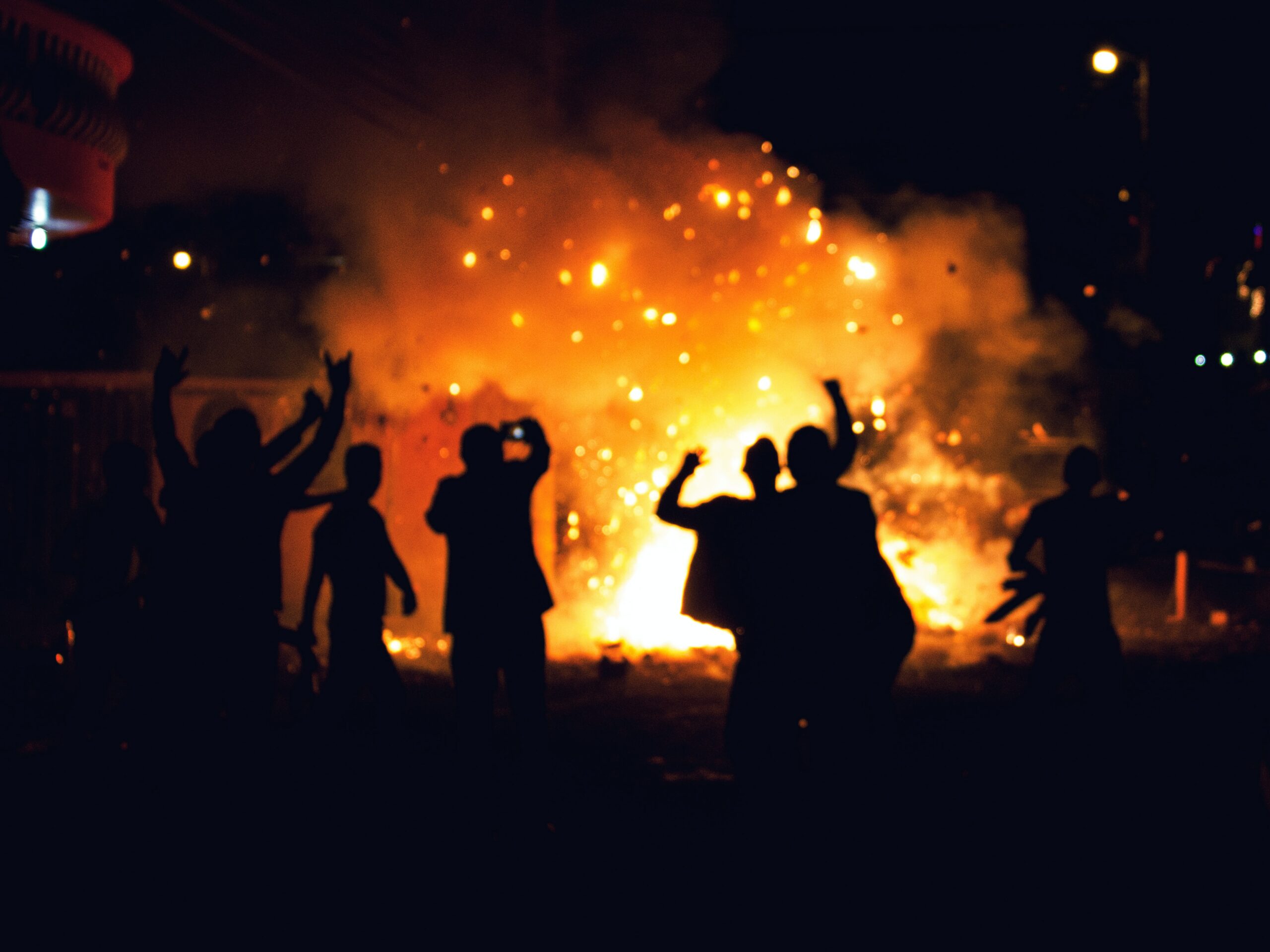Filed under: Critique

In the past several months since the streets of the so-called United States of America were set alight by riots after the murder of black teenager Mike Brown by a white police officer, an increasing number of people seem to be asking the question: do riots work?
In answering, people tend to look at the historical connection between violent unrest and the government granting concessions afterwards. While this connection is certainly very real, it misses some key aspects and drastically reduces the scope of what we might consider a so-called “victory.” The federal investigation into the Ferguson Police Department would likely never had occurred if not for the sustained unrest throughout 2014. The rioting that took place after a BART police officer murdered Oscar Grant is often credited with the officer’s arrest and subsequent conviction (however lenient.) Fear of further rioting in Birmingham is said to have prompted the federal government to pass the Civil Rights Act of 1964. And if the federal investigation, the conviction of a police officer, or the passing of legislation is what is sought after, then surely, the riots work. But we want much more than that; we desire the downfall of the capitalist-white-supremacist-patriarchal social order.
This thought process has emerged in reaction to the obscuring of violent (for lack of a better word) conflict in favor of a white-washed, pacifist history of struggle. Oftentimes liberals and others wishing to preserve social peace suggest that all struggles that were successful primarily utilized non-violent tactics. It may be tempting to accept the above framework as a response, but we do so at our own peril.
A more important question might ask why rioting is suddenly caught in this recuperative scheme. Before, the state was satisfied with repression coupled with the spreading of “outside agitator” narratives to isolate potential rioters. But since the Ferguson uprisings, the tactic has become more generalized. As a decreasing amount of people are put off by riots, and thus the strategy of erasing its potential must be shifted.
When the success of rioting is framed in terms of concessions won, it replaces the revolutionary nature of the riot with the agenda of reform. It becomes simply one of many tools in the activist’s toolkit to achieve “social change.” Want to pressure your elected officials? Riot. Revolutionaries seem to be misled by this newfound appreciation for formerly-condemned tactics and are excited for a culture that accepts and even supports not-so-civil disobedience. But when we agree to this framework, we only sacrifice this growing potential.
After periods of unrest, self-styled radicals often claim that violent tactics were the only way to grab media attention, to bring an issue to light, or the only way to make those in power listen. And this is not untrue. Those in power certainly only listen when they are being threatened, and rioting offers people a way to threaten power. But when a political solution is offered—the federal investigation, the indictment, etc.—it is not a reward for rising up, it is an attempt at de-escalation, at counter-insurgency. This is key to understanding the connection between uprisings and concessions.
In exchange for restoring social peace, the state offers superficial solutions to the underlying problems that caused people to riot in the first place. Rioters return to their homes, feeling accomplished while nothing fundamentally changes. Heralding these concessions as sincere accomplishments not only obscures their recuperative effect, but also mistakes them for genuinely progressive solutions. No amount of “bad apple” cops locked up could possibly end the oppression found in the very existence of police and prisons. No amount of legislation can replace the need to completely dismantle the state structure.
For riots to truly “work,” we must abandon the framework of the activist, and recognize the concessions of the state as what they truly are: attempts at recuperation. Each riot offers us the opportunity to find each other and act collectively, appropriating everything around us that was built for the functioning of capitalism for our own needs, or else do away with it. It is only through sustaining moments of rebellion that we might catch a glimpse of sincere success.
photo: Alex McCarthy via Unsplash




